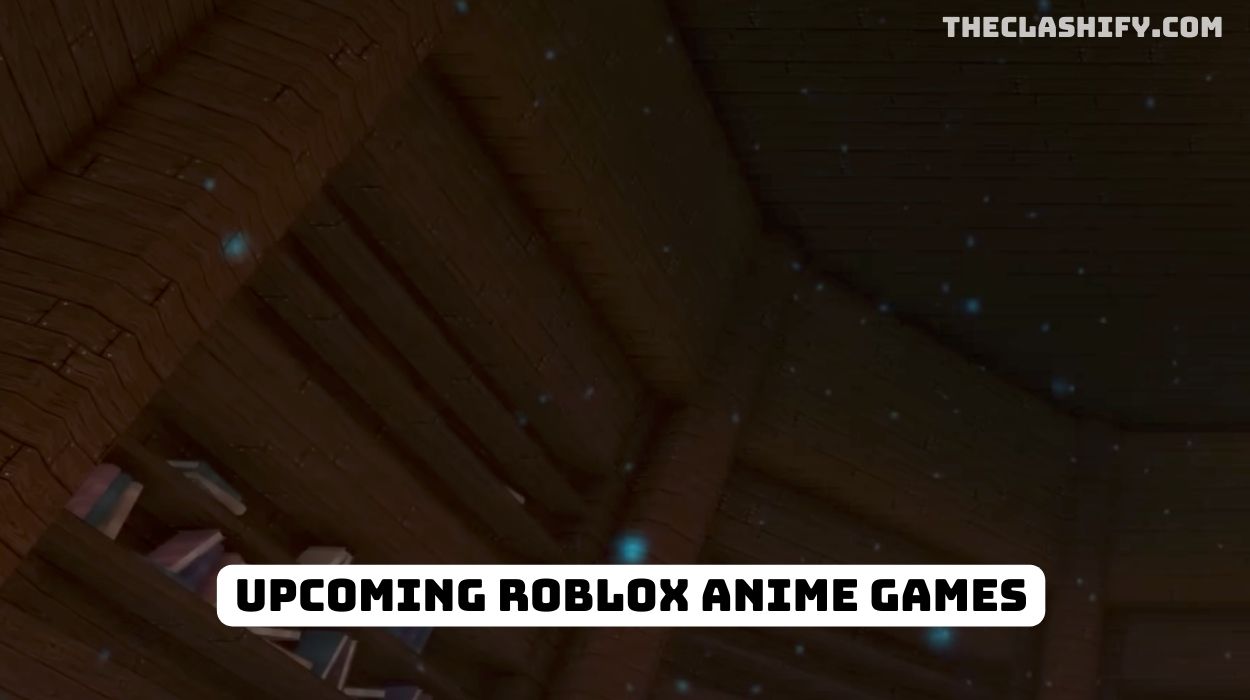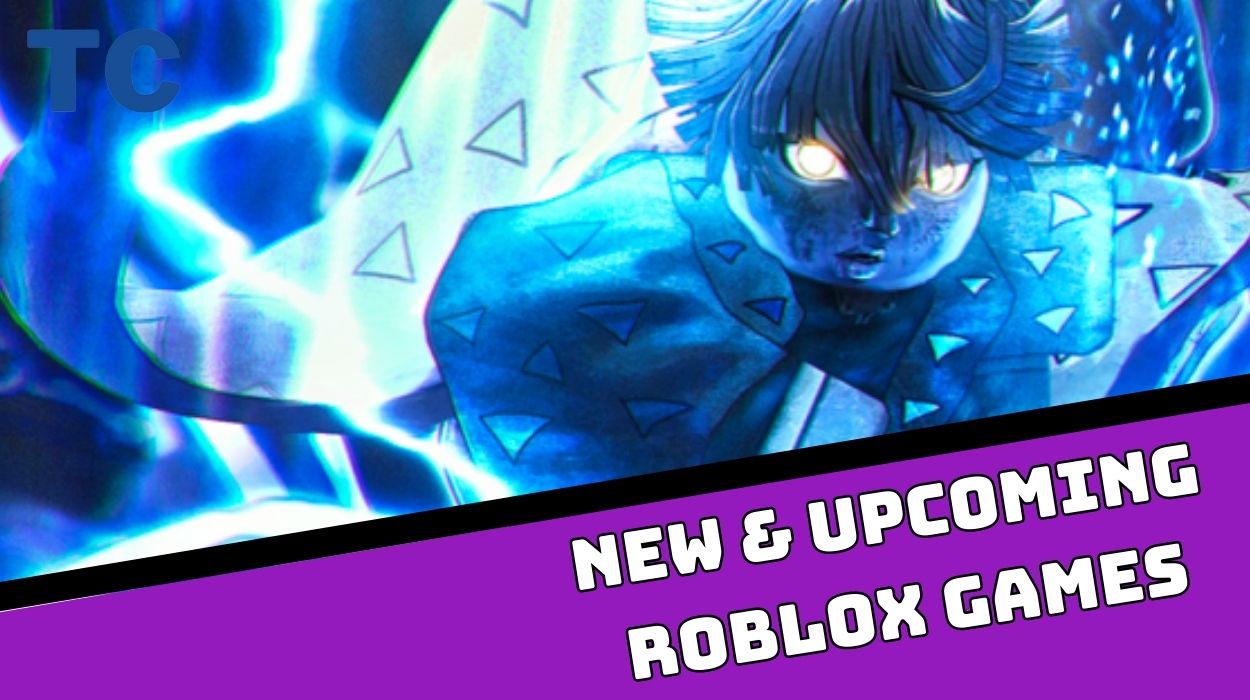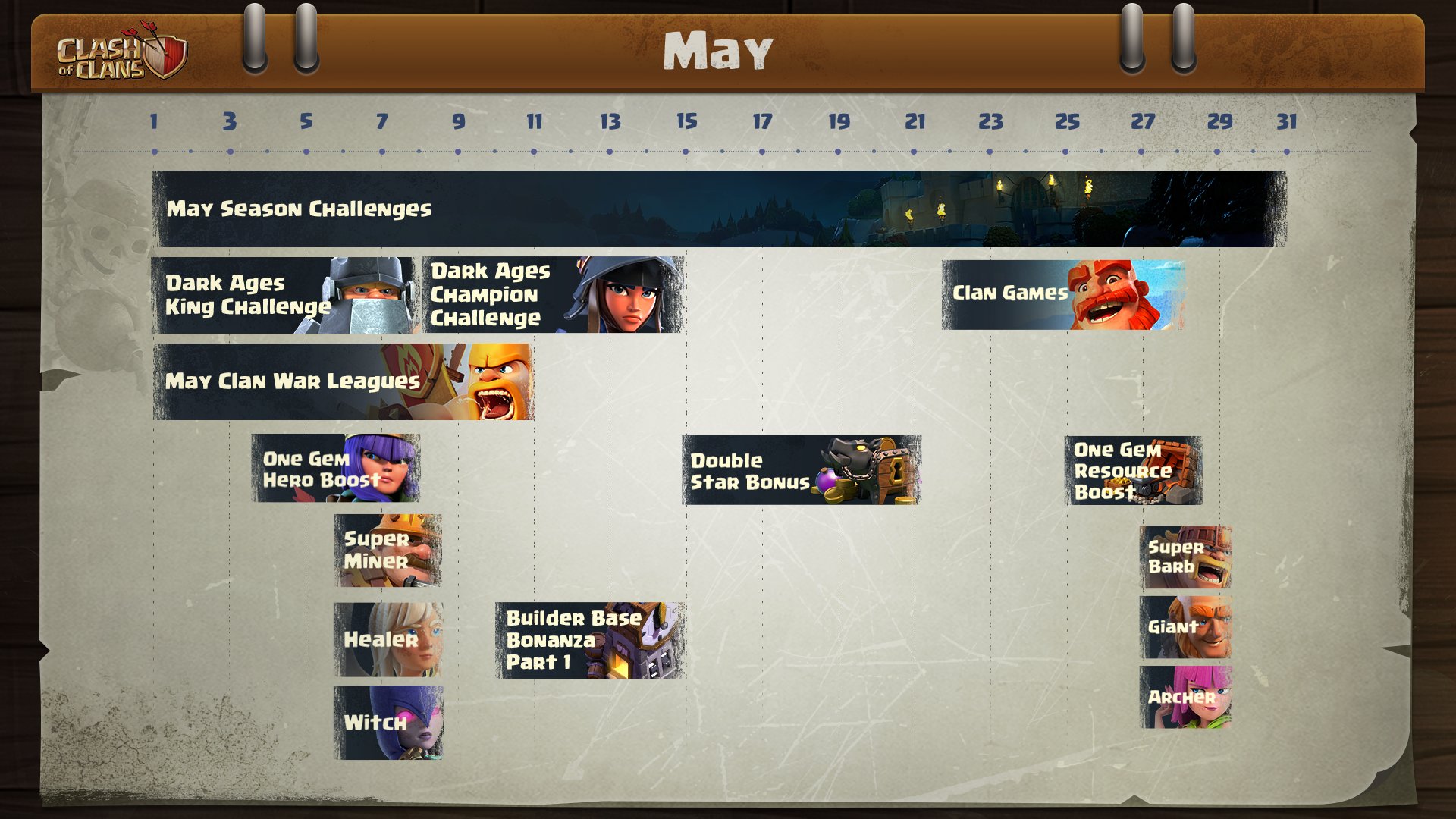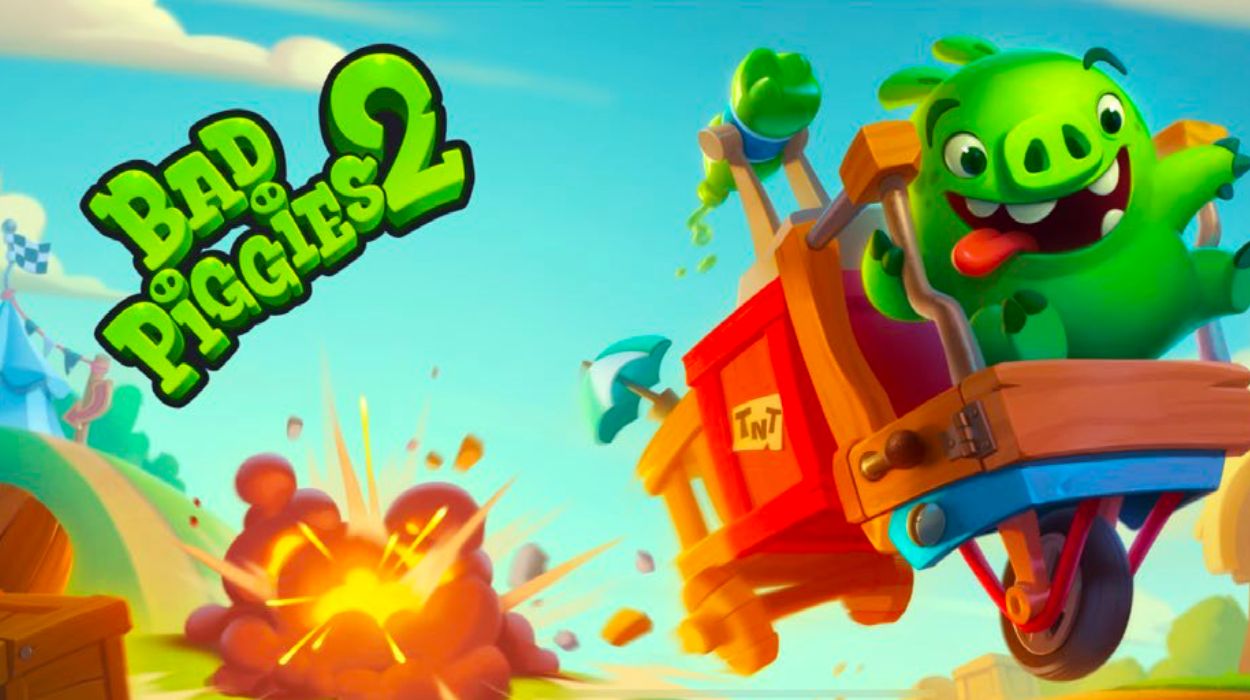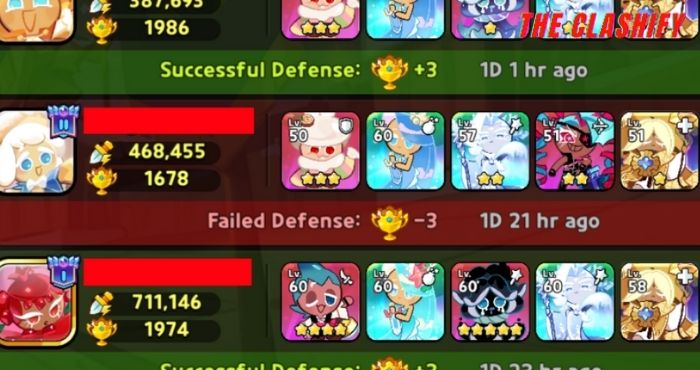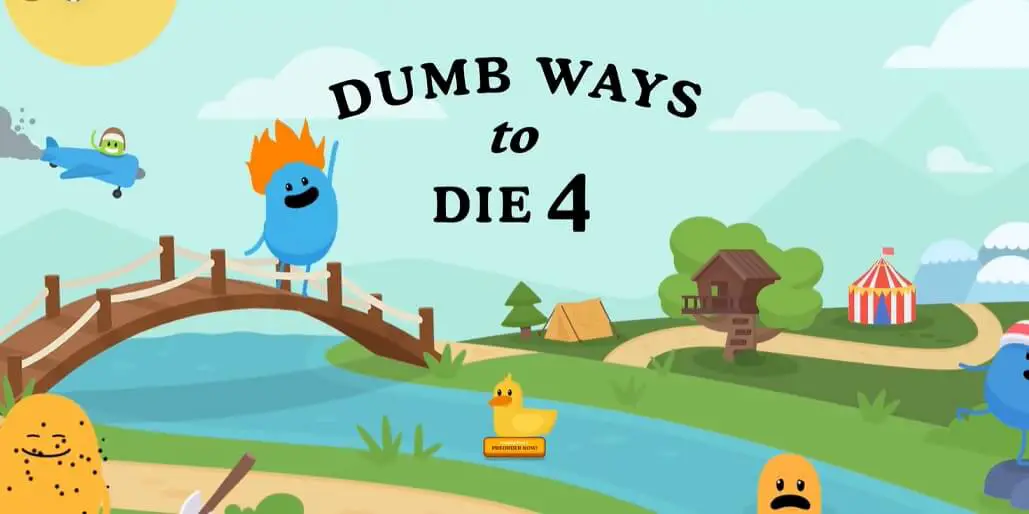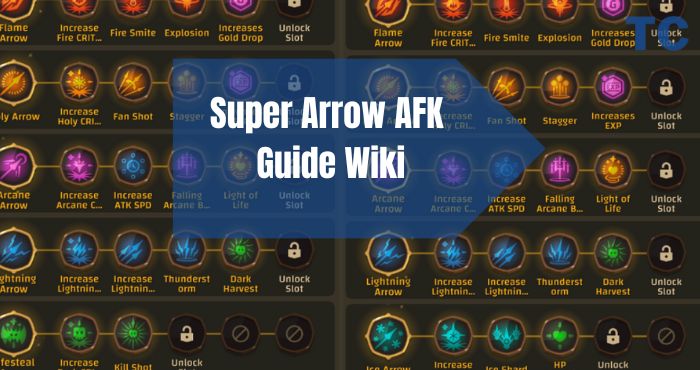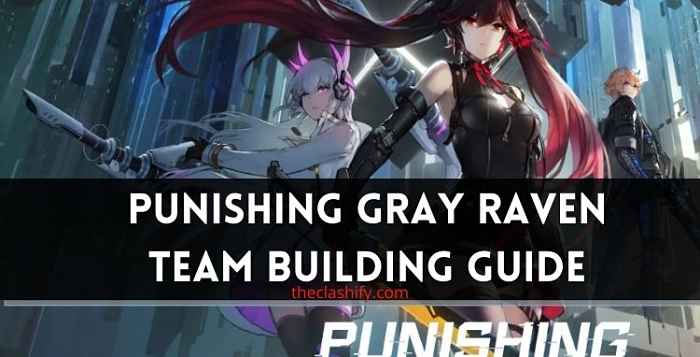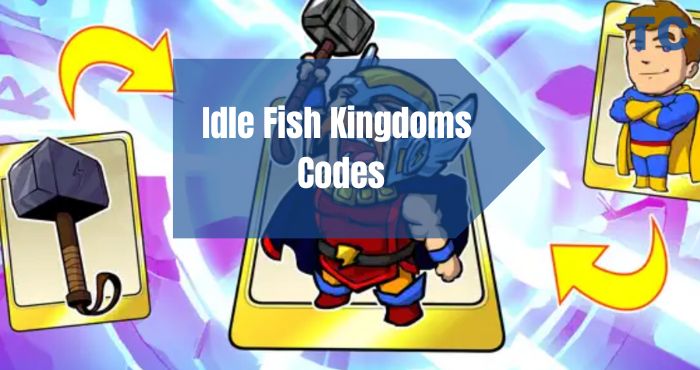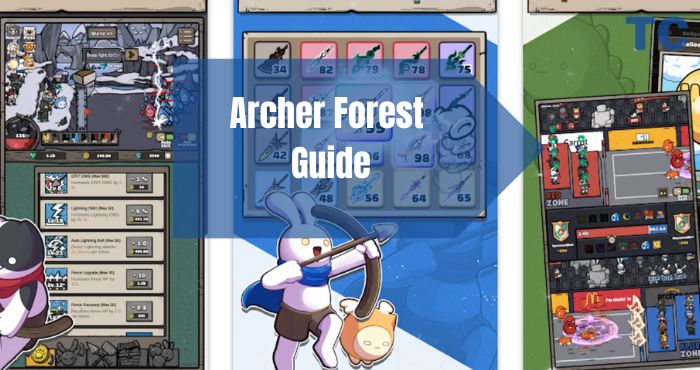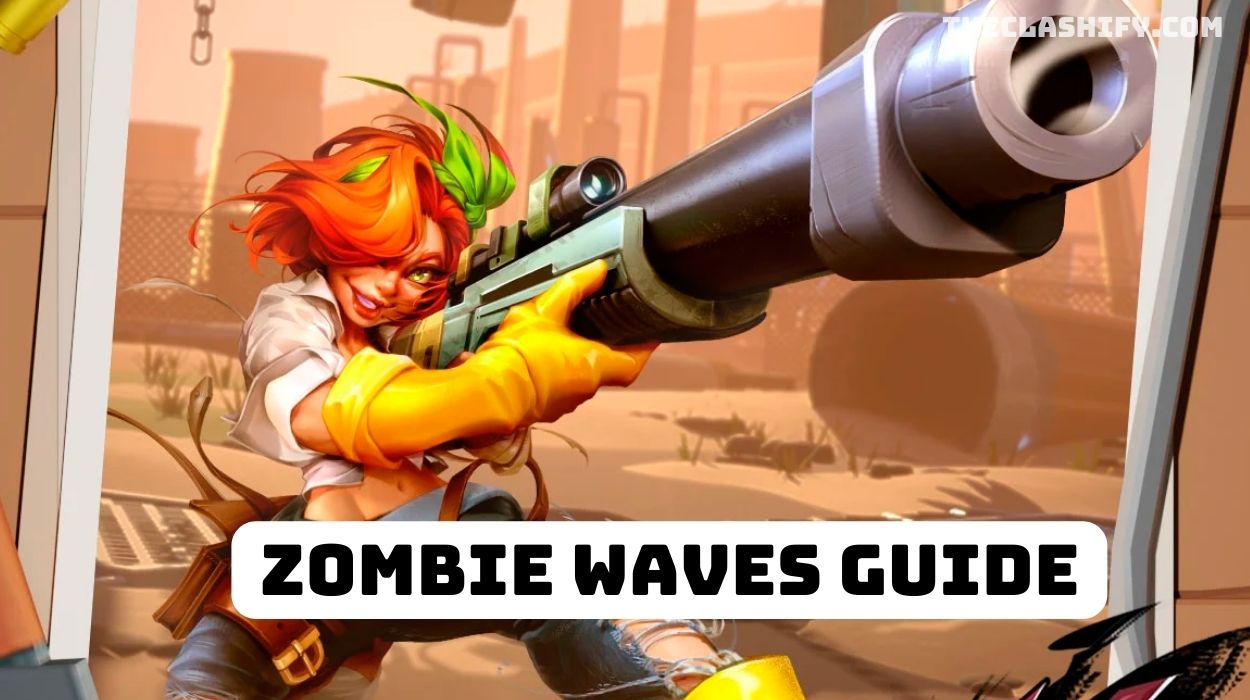Search
© 2019 - 2024 Theclashify The Clashify is part of Gamency Media LLC,
Villa No – 63 Al Nahyan – Zone 1 – Abu Dhabi – United Arab Emirates. All Rights Reserved.
Spotlight
Guides
Guide to Dumb Ways to Die 4: A Detailed Walkthrough for Beginners
Welcome to the world of Dumb Ways to Die 4! In this casual and relaxing game developed by PlaySide Studios…
Super Arrow AFK Guide Wiki – Farming, Heroes & Abilities
Looking for a Super Arrow AFK Guide? We’ve created this guide to help you in the game. Here, we’ll explain…
Punishing Gray Raven Team Building Guide 2024
Are you Looking for a Punishing Gray Raven Team Building Guide 2024? If so, you've come to the correct place.…
Legend of Slime Toy Guide 2024 – Fusing & Toy Types
Looking for a Legend of Slime Toy Guide? You are in the right place because we have found a Legend…
